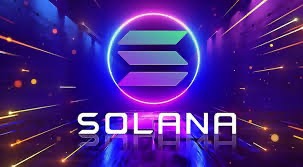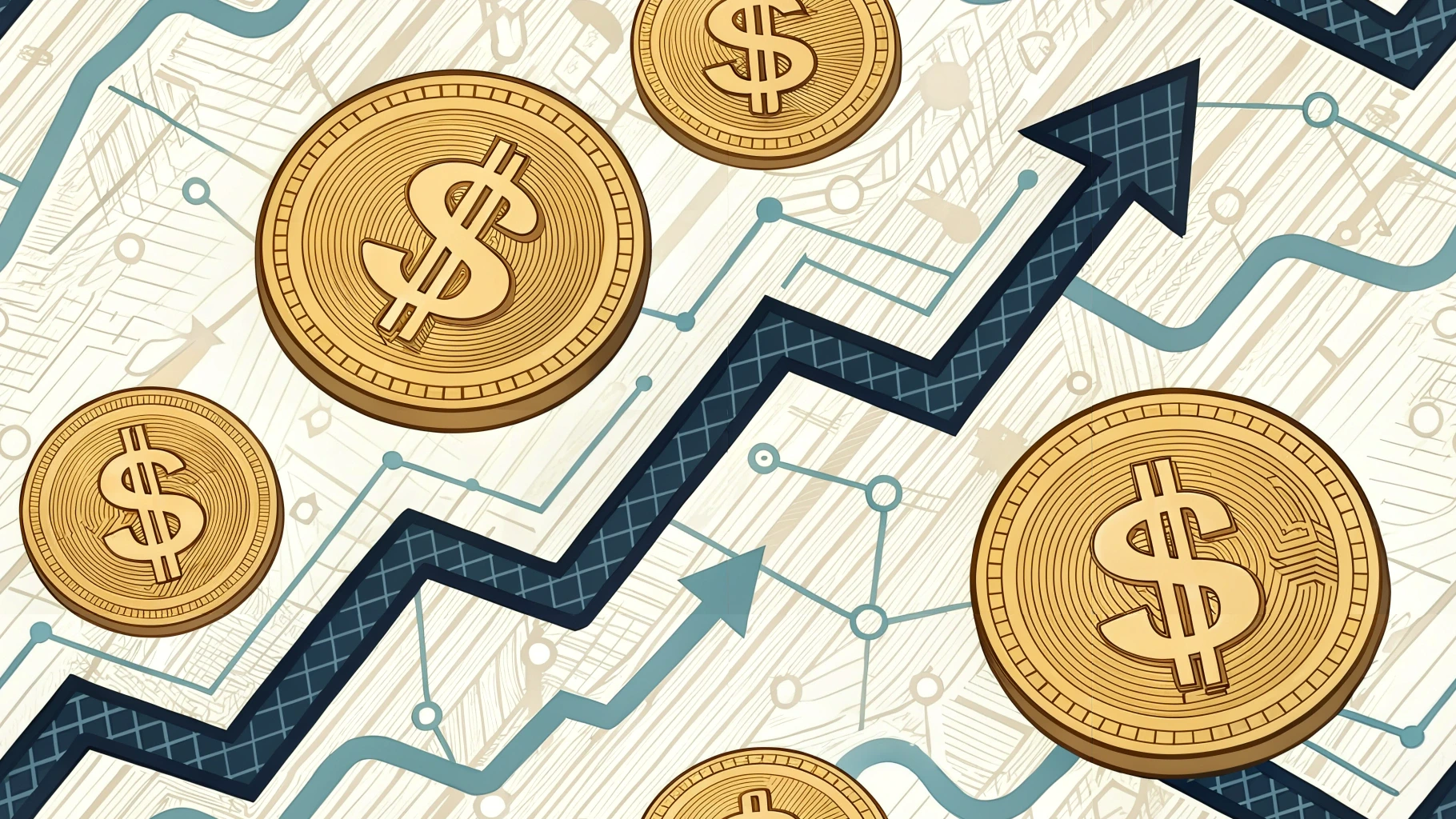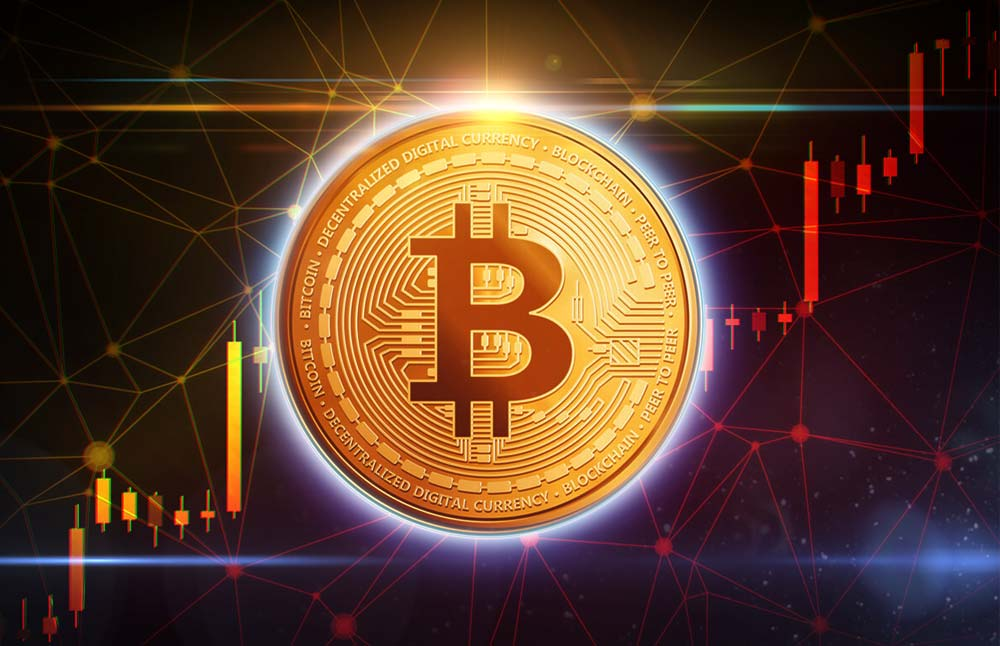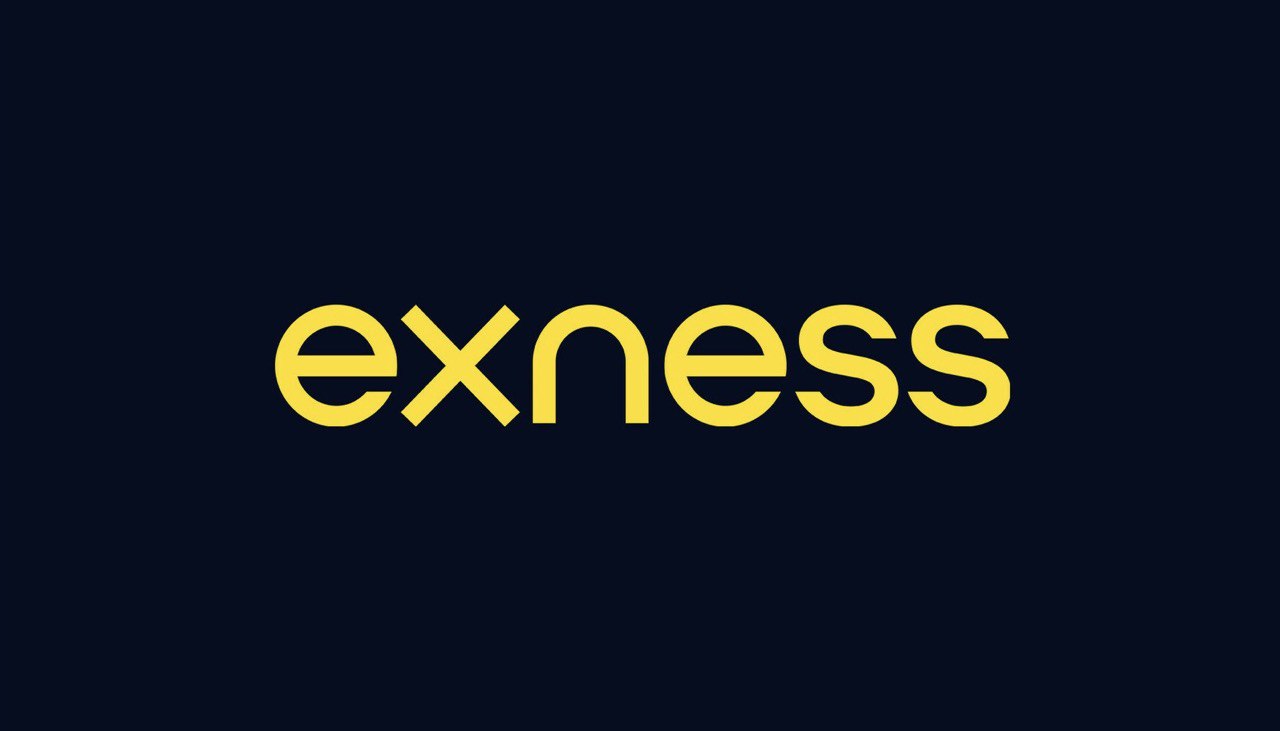Understanding Solana (SOL)

Solana is known as a high-speed blockchain network with low transaction fees, recognized for its role in powering cutting-edge crypto applications. Founded by Anatoly Yakovenko and a team of engineers in 2020, Solana transitioned from being labeled an “Ethereum killer” to becoming a crucial component of the decentralized finance (DeFi), NFT, and Web3 ecosystem.
Driven by robust developer engagement, continuous infrastructure enhancements, and increasing institutional adoption, Solana has emerged as one of the top blockchain platforms globally, catering to millions of users and developers daily.
Key Points to Note
- Solana is a next-generation blockchain designed for rapid transactions, minimal fees, and scalable, decentralized applications.
- By 2025, Solana ranks among the largest blockchains worldwide, boasting peaks of 6–7 million daily active addresses, hundreds of millions of weekly transactions, and a DeFi Total Value Locked (TVL) of $9.3 billion.
- Its distinctive architecture, incorporating hybrid PoS/PoH, Alpenglow consensus, and Firedancer client, achieves over 65,000 transactions per second (TPS) and sub-second finality without Layer 2 scaling.
- The ecosystem is characterized by over 2,100 active decentralized applications (dApps), a thriving developer community, and significant institutional involvement, ensuring security and decentralization through 3,200 validators across 45+ countries.
- Upcoming upgrades in 2025, particularly Alpenglow, aim to enhance Solana’s speed and reliability, aligning it with Web2 infrastructure standards for broader consumer and enterprise adoption.
Understanding Solana’s Unique Blockchain Architecture
Solana prioritizes speed and efficiency without compromising security or decentralization. Its hybrid consensus mechanism, combining Proof of Stake (PoS) with Proof of History (PoH), stands out as a notable technical advancement. PoH timestamps transactions using cryptography, enabling validators to process numerous operations simultaneously and reach consensus swiftly.
The major 2025 upgrade, Alpenglow, introduces Votor and Rotor, replacing the old consensus stack and significantly reducing block finality times to as low as 100–150 milliseconds. This enhancement enables near-instant transaction confirmations, surpassing the speed of both other blockchains and traditional Web2 payment systems.
- Throughput and Fees: Solana consistently achieves up to 65,000 transactions per second (TPS) with average fees around $0.00025, establishing it as one of the fastest and most cost-effective blockchain networks available.
- Validator Network: Solana’s decentralization has evolved, supported by 3,200 validators worldwide. The growing validator set enhances security and resilience against potential attacks.
- Smart Contracts and dApps: Similar to Ethereum, Solana is programmable, facilitating smart contracts and a diverse array of dApps, from DeFi protocols to NFT marketplaces, Web3 games, and payment systems.
Growth and Adoption of Solana’s Ecosystem in 2025
In the past year, Solana’s ecosystem has witnessed remarkable expansion:
- Active Users and Transactions: By mid-2025, Solana maintained an average of 3 to 6 million daily active addresses, peaking above 7 million. Weekly transactions consistently exceeded 600 million, reflecting substantial real-world utilization and developer acceptance.
- Developer and Institutional Engagement: The developer community surged by 83% in 2024, welcoming over 7,625 new developers. Major institutions like Franklin Templeton and BlackRock are leveraging Solana for innovative DeFi products and on-chain asset tokenization, while Nasdaq-listed firms are tokenizing equity using Solana’s infrastructure.
- Ecosystem Diversity: As of Q1 2025, Solana hosts over 2,100 active dApps (up 54% from 2024), with vibrant activity in DeFi, NFTs, gaming, consumer apps, and more. Projects like Firedancer, mobile integrations, and cross-chain bridges enhance Solana’s appeal to diverse user segments and enterprises.
Cutting-Edge Upgrades: Alpenglow and Firedancer
The Alpenglow consensus upgrade, launching in 2025, represents a significant protocol enhancement in blockchain history. By drastically reducing transaction finality times, introducing Votor and Rotor, and enhancing validator client performance with Firedancer, Solana is poised for high-volume applications without typical scaling limitations.
Security, Decentralization, and Staking on Solana
Solana maintains a strong focus on security and decentralization, boasting over 3,200 validators and a top-rated Nakamoto Coefficient of 20. Geographic and operational diversity in the validator network has increased, promoting resilience against potential threats. Staking on Solana continues to be attractive to both institutional and retail investors due to rising yields and user-friendly integrations.
Solana’s Contribution to Web3, DeFi, and Beyond
Solana’s efficiency and versatility have positioned it as a leading platform for a wide range of Web3 innovations, hosting numerous DeFi applications, NFT projects, and popular memecoins. Innovations like state compression, mobile-focused applications, and seamless cross-chain connectivity strengthen Solana’s appeal across various user segments.
Conclusion
Solana has emerged as a pioneering, reliable blockchain platform with widespread adoption. Its ability to handle large transaction volumes swiftly and cost-effectively, coupled with a growing ecosystem and robust institutional partnerships, positions Solana for a significant role in the future of decentralized finance and Web3. Whether utilized for DeFi, NFTs, payments, or enterprise solutions, Solana’s continuous innovation sets a high standard for modern blockchain capabilities.




